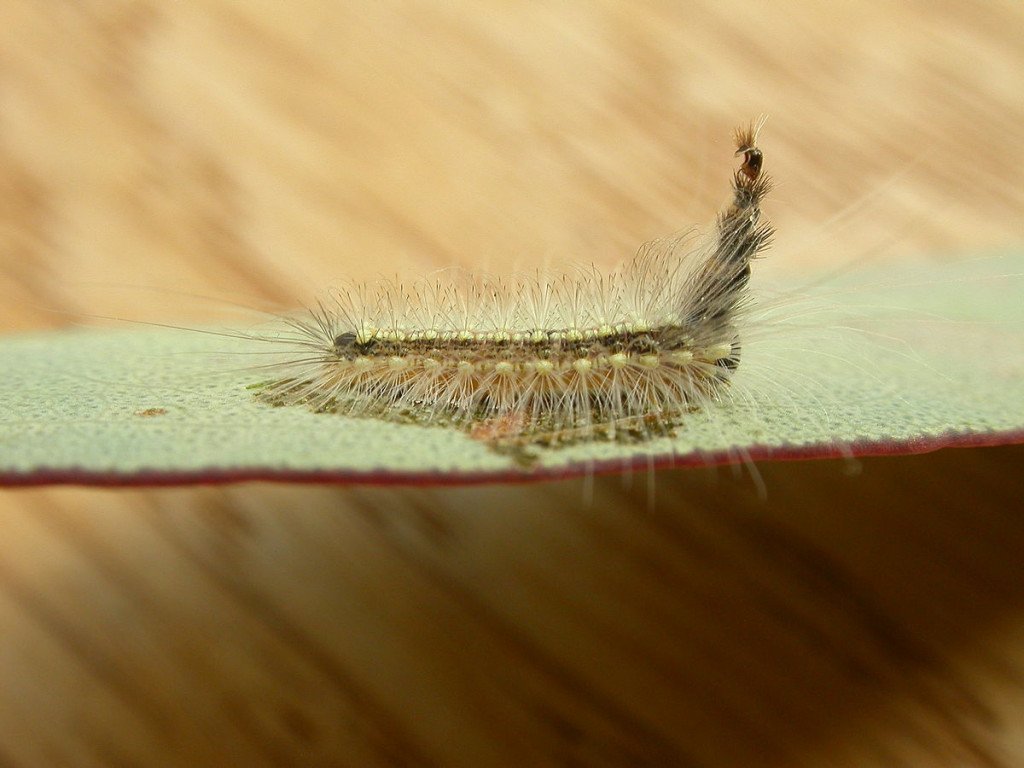Who doesn’t love to wear a crown or a fashion accessory on their head? It is symbolic of royalty and makes you look different from the crowd. But, are humans the only ones who love head gear? What if we told you that an insect does the same?
This is fascinating but it is true.
Say hello to Uraba lugens

There’s a caterpillar in the animal kingdom who enjoys wearing party hats just as much as we do! The scientific name of these creatures is Uraba lugens and they belongs to the family Nolidae ad can be found in Australia and New Zealand.
What are these caterpillars like?
They are silken and moist, their bodies being filled with fluid covered by soft flesh, and enclosed within a hard outer exoskeleton.
Mad hatterpillars are generally yellow in colour with black markings on their bodies. After hatching from the cocoon, they develop into green-coloured fully grown moths.
BYOH – Bring your own hat.

Unlike us humans who believe in readily available hats, this caterpillar creates its own hat by the process of moulring.
And what exactly is moulding?
During the growth phase, these caterpillars grow too big and bulging for their skin to hold. The moulting process takes place once the stage is reached, the insect shedding several times before forming a cocoon.
Now comes the hat When the caterpillar moults lts head shell, it retains the shell on top of its head instead of shedding it. This moulted head-skin gives the appearance of a hat.
How ro use a hat 101
There is, as a matter of fact, nothing in nature which is merely for show. Everything any species possesses is of significance for it(and in most cases, for others). Just like that, the hat of the U. Lugens caterpillar is not eye candy, but the appearance serves a purpose. This crown is utilized for their protection acting as camouflage to keep them safe from predators The hat thickens their chances of survival
What’s in a name?
This unique feature has caught the attention of many animal photographers, ecologists and zoologists.
Many nicknames have been assigned to this creature for the trait, the most famous being Mad Hatterpillar, after the infamous Mad Hatter from ‘Alice’s Adventures in Wonderland” . An ecologist from the University of Sydney, Petah Low has named it the Unicorn Caterpillar, the identifying horn being composed of head shells.

Uraba Lugens are also known as the gum-leaf skeletonisers, because they can demolish eucalyptus leaves down to veins. They eat these greens in such a way that the veins are left behind.
These caterpillars are one of the triumphs of nature and an example that nature never fails to surprise us with it’s curious weirdness.
If you liked reading this, you will love: The Living Arrangement Between Tarantula Spiders And Microhylid Frogs





0 Comments